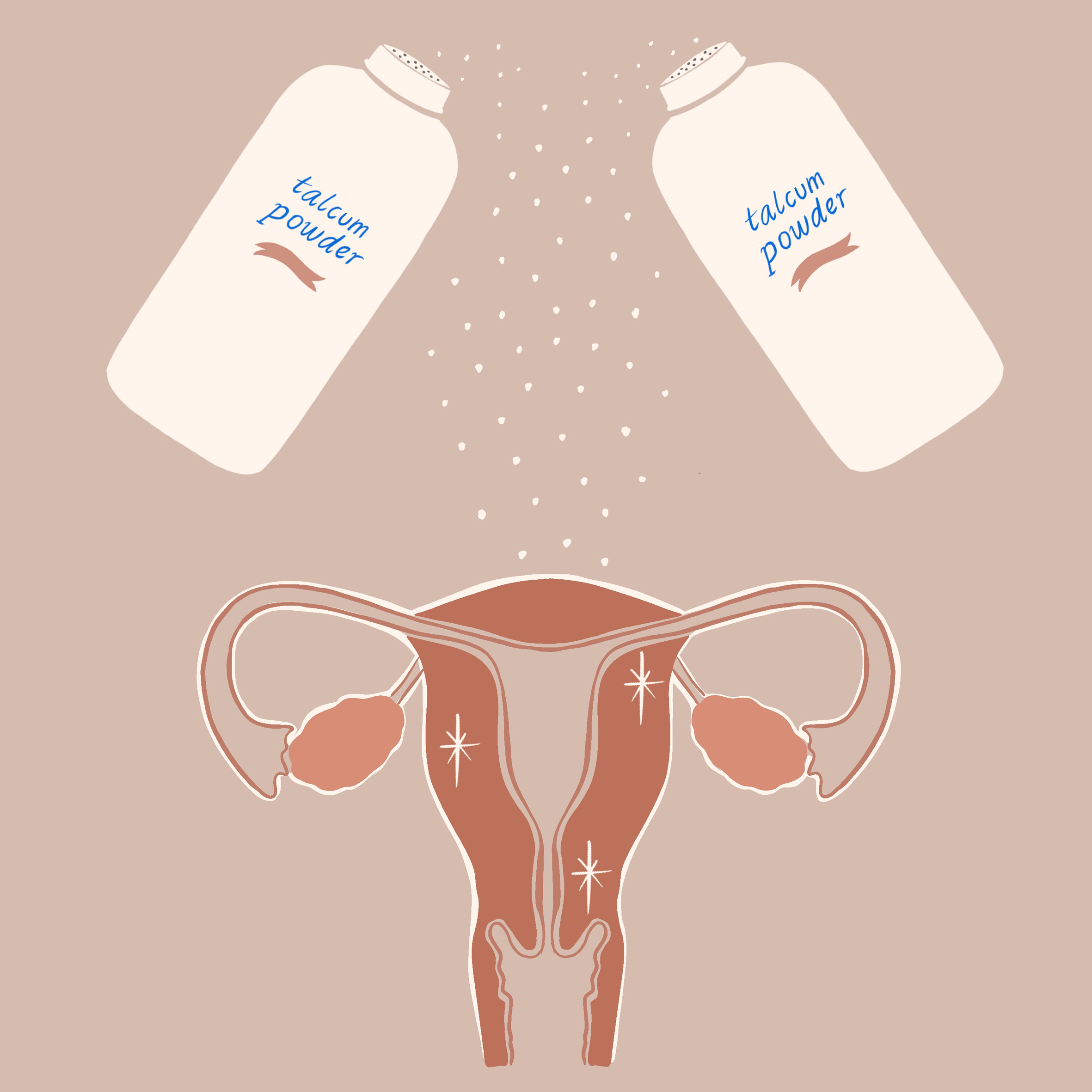On March 9, the Food and Drug Administration (FDA) announced the results of the agency’s year-long probe into potential asbestos contamination in talc-containing cosmetic products and baby powder. The investigation was rooted in concerns that asbestos, a carcinogen with no safe exposure level, was being mixed into talc when mined since the two minerals often naturally form near each other.
The contracted testing lab, AMA Analytical Services, assessed a wide range of cosmetic products from December 2018 through January 2019 and found contamination in 9 out of 52 samples. While the most shocking revelations were acted upon immediately, the release of the FDA asbestos probe final results affords the opportunity for independent review of these critically important studies.
The detected amounts of asbestos ranged in size; however, any amount of asbestos poses grave health risks.
“There is general agreement among U.S. federal agencies and the World Health Organization that there is no known safe level of asbestos exposure,” Susan Mayne, director of the Center for Food Safety and Applied Nutrition, was quoted as saying in the FDA statement.
In that spirit of “no safe level of asbestos,” the FDA said that it will continue to test for asbestos contamination in cosmetic products through 2020, with final results released in early 2021. These studies will continue to check the claims of manufacturers in the name of consumer health and public safety.
Cosmetics that may contain talc include facial powders, eye shadows, and kids’ toy makeup sets. For the time being, it is advisable that consumers look for alternative ingredients to talc, such as corn starch. Concerned consumers can search the Environmental Working Group’s Skin Deep database. Of the database’s more than 1,000 talc-based products, more than 1,000 are loose or pressed powders that could pose a risk of being inhaled.
The FDA Probe in Legislation
On March 18, 2020, in response to the FDA asbestos probe’s release, Rep. Debbie Dingell of Michigan introduced a bill to address the concerning number of asbestos-positive samples. The asbestos detection bill would affect talc products in several ways. First, it would mandate that companies demonstrate that cosmetics marketed to children are free of asbestos. Any company failing to prove product safety to the bill’s specifications would be required to place a warning label on that product. Another feature of the bill is the requirement that companies update their testing methods to those used by the AMA lab.
If this bill passes, it will be a massive win for public health.
“It is hard to believe that decades after the threats of asbestos have been conclusively established, it is still putting people, especially young children, at risk. Rep. Dingell’s bill should pass with unanimous support among her colleagues in Congress, and every parent should applaud her efforts to keep kids safe from something as lethal as asbestos,” Linda Reinstein, president and CEO of the Asbestos Disease Awareness Organization said in a press statement issued by the nonprofit Environmental Working Group.
Breaking Down The FDA Asbestos Probe
The FDA asbestos probe results provided by AMA read like a dense lab report. Many of the charts contain abbreviations, initials, or shorthand, and only a few contain an interpretive key. The main issue with informing consumers about this release is that many of the samples, each of which was tested three times, have been censored and redacted, likely due to ongoing litigation. Of the unredacted information made available, 48 samples were available to examine and 25% of those contained at least one trial in which asbestiform particles were detected.
The talc samples were prepared for bulk analysis using a transmission electron microscope (TEM) and a polarized light microscope, powerful microscopes used to look for the telltale geological shape of asbestos fibers after extraneous minerals and impurities have been cleansed. According to the FDA, TEM is the most sensitive, currently available method for asbestos detection and measurement.
Following Up The FDA Asbestos Probe
In the meantime, no new actions will be taken by the FDA. Many of these manufacturers, including Johnson & Johnson, were already facing litigation before the FDA asbestos probe. Currently, many of the legal actions against Johnson & Johnson for potential asbestos contamination allegedly resulting in a cancer diagnosis have been frozen pending review by U.S. District Judge Freda L. Wolfson. Judge Wolfson will determine which expert witnesses should be allowed to testify on the safety or lack thereof of the company’s talcum powder products.
